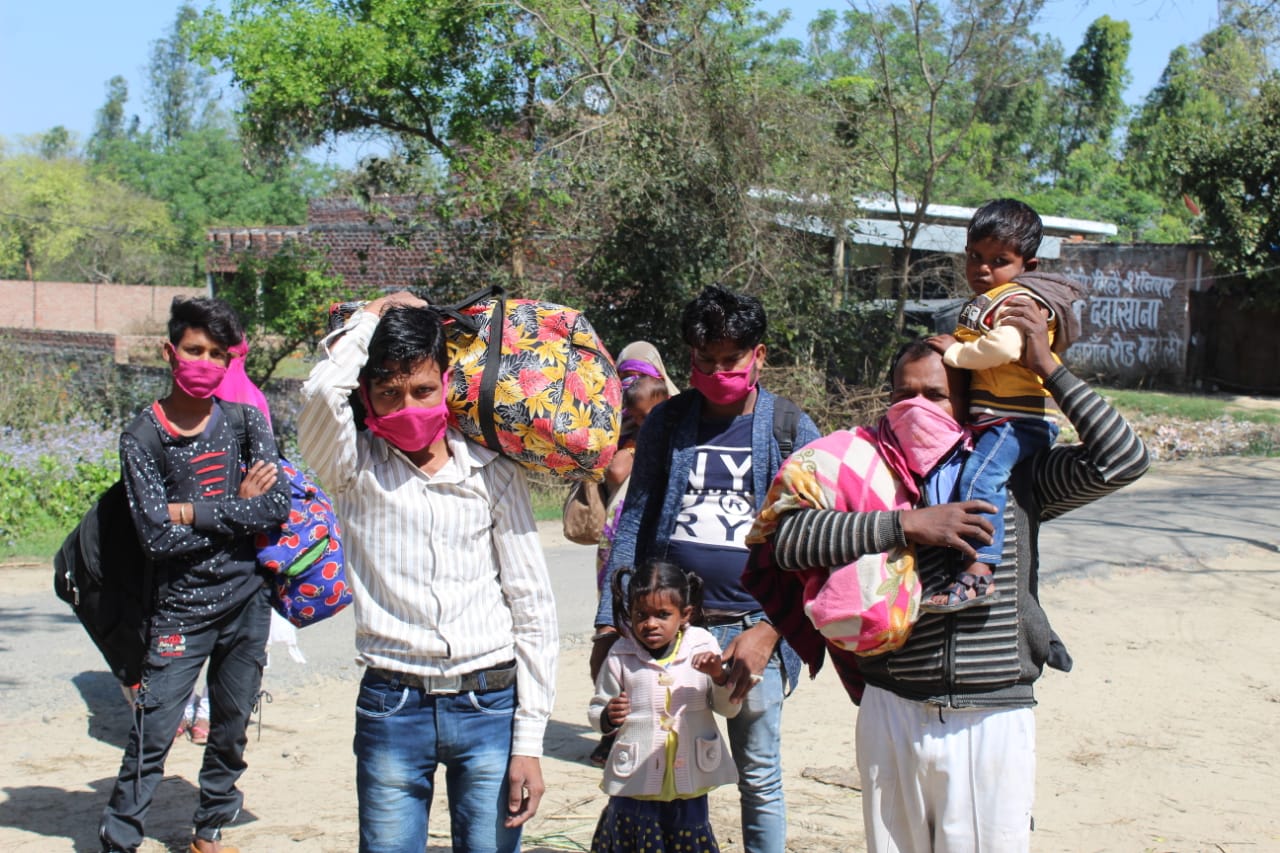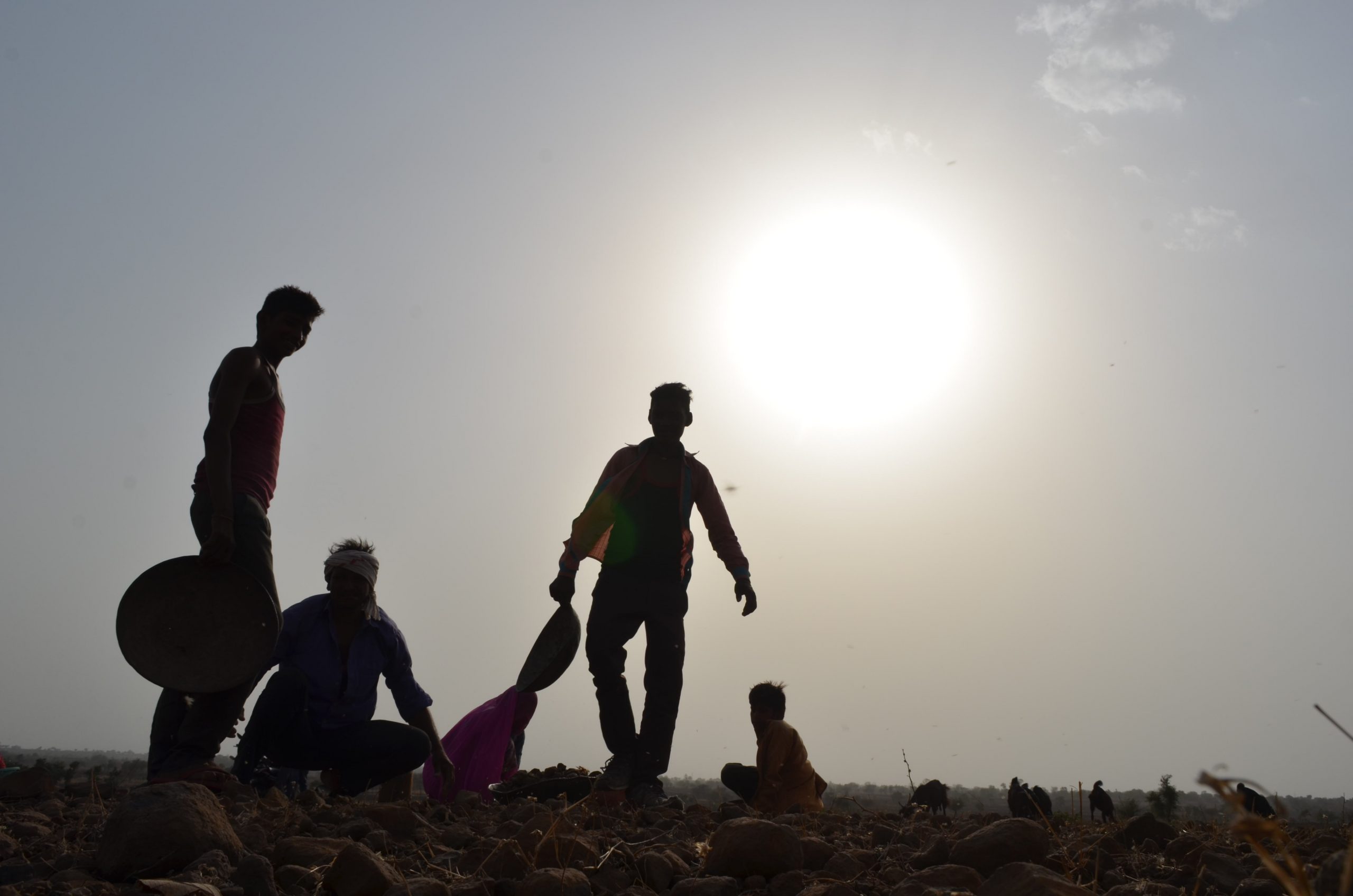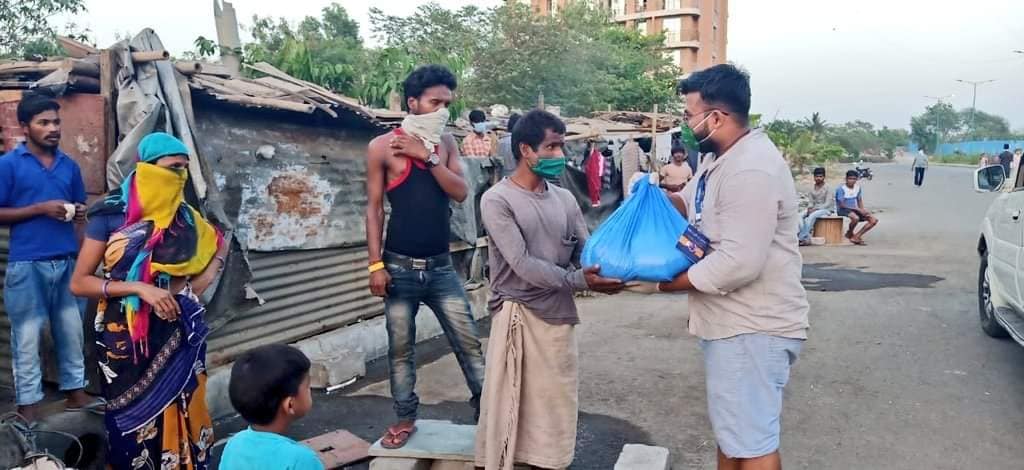Labour Day: Is it time to organise the unorganised sector?
This year has been the worse for the daily wage earners and labourers across the country because of the coronavirus lockdown. However, the long-term plan should be to organising the unorganised workers under trade unions

The months of March and April have been a nightmare for daily wage earners and labourers across the country. Soon after the announcement of the nationwide lockdown, stories of a mass exodus of migrant workers started coming in. For the first time in many years, the labourers and daily wage workers got the attention across all sections of media. The sudden announcement of the lockdown, marred with uncertainty over livelihood, the imminent possibility of starvation, and confusion regarding the nature of pandemic forced the workers to flock to their native homes.
The outbreak of COVID-19 is arguably the biggest threat to the economy since the crisis triggered by the Great Depression. The likelihood of the Indian economy suffering a major setback is far greater considering the fact that McKinsey and Co. has projected that the Indian economy could contract further by about 20 per cent in the first quarter of the fiscal year 2021 if the lockdown continues until mid-May 2020, which seems inevitable now. With all the labour-intensive sectors being brutally affected by the lockdown those at the receiving end are the migrant labourers, street vendors, beggars, rural workers engaged in MGNREGA, agricultural labourers, SMEs, etc — mostly people from the lowest rungs of the society. The organised sector is also equally affected. As per the CII CEOs Snap Poll, a majority of the firms are expecting a significant decline in revenues, falling demand and job losses to the extent of 55 per cent.

Massive unemployment is predicted across every sector and further worsening of employment rate that was already at an all-time high in 2019. The outbreak of the pandemic has further aggravated the unemployment scenario, and, as a result, in March 2020, the unemployment rate dipped to 8.45 per cent which is likely to reach an alarming 23 per cent. Recent data from the MGNREGA website reveals that the work provided under the scheme has crashed to 1% of the usual rate. In February and March 2020, 1.8 crore and 1.6 crore people were provided work respectively, whereas in April, only 1.9 lakh people have been able to secure employment under the scheme.
On March 26, to tackle the aforesaid economic crises, the finance minister announced an economic stimulus package worth Rs 1.7 trillion. The package is being used primarily for ensuring food security and direct cash transfers for poor households, including farmers, rural workers, poor pensioners, construction workers, etc. Many states, including Uttar Pradesh, Delhi, Haryana, Punjab, Kerala, and Himanchal Pradesh, have also announced financial assistance through direct cash transfers to compensate businesses and people, particularly the daily wagers. The government has also announced releasing of stocks of the Food Corporation of India to feed the poor and mitigate the threat of death due to hunger.
However, the data collected by the Stranded Workers Action Network (SWAN) from 11,000 workers across the country reports that by the second week of April, about 50 per cent of workers had less than one day’s worth of ration and a shocking 96 per cent had not received any ration from the government. This clearly shows the tardy implementation of plans by both, the central, and the state governments.

In the state of uncertainty regarding livelihood, food and shelter, the government needs to ensure that all three are guaranteed to everyone. This requires short-term and long-term measures to mitigate the crisis in the unorganised sector.
Firstly, there is a need for immediate and coordinated actions by the Central and the respective state governments to universalize the food distribution through the Public Distribution System (PDS) and expand any exclusionary mechanism. The states, with the help of PDS shops, can distribute ration to everyone and the indelible ink used during the elections can serve as the indicator of receipt for the same. Secondly, income and livelihood can be ensured by providing Rs 7,000 per month as direct cash transfer for three months to every household (five persons per family). The combined cost of providing food and direct cash transfer would cost Rs 5,53,800 crore to the government or around 2.9 per cent of the GDP. These are some short-term measures that need to be taken as soon as possible followed by a structured plan of action to make some major overhaul in the labour market and improving the working conditions of such labourers.
One of the major revelations during the pandemic has been the digital divide in the country. It’s clear that the trio of Jan Dhan, Aadhar and Mobile (JAM) hasn’t been able to facilitate the transfer of benefits as the exclusion errors are substantial since very few people have functional Jan Dhan accounts, and density of banks in the rural areas is also very low. Hence, there is a need to strengthen the digital infrastructure to prepare the country for any rebound of the pandemic.

Large scale registration of workers under the ‘Unorganized Workers Social Security Act, 2008’ should be done so that electronic chip-based ID cards can be issued to the workers that will help them securing legal rights and also make them eligible for any future benefits. Further, as observed by Prof Shyam Sundar, there is a need for organizing the unorganized workers under the trade unions. Currently, around 90% of workers are not unionized. The trade unions should partner with the government and help in relocating workers across the market and get them registered.
One positive development happened recently, whereby the government issued a circular facilitating inter-state movement of stranded people, including migrant workers, students, pilgrims, tourists, etc. This would provide necessary relief to those who are suffering in the cities with little or no food supplies at all and are at the mercy of NGOs or relief camps. The states should now explore the viability of ‘local migration’ to replace the ‘long-distance migration’ to contain the labourers in their respective states without affecting the demand-supply cycle. However, with demand for labour is already low in rural areas due to the pandemic and closure of Rabi season, the future is going to be tough for daily wagers.
(Views are personal)
Shubham Kumar is an ex-Legislative Assistant to Member of Parliament (LAMP) Fellow and graduate from Dr Ram Manohar Lohia National Law University, Lucknow

